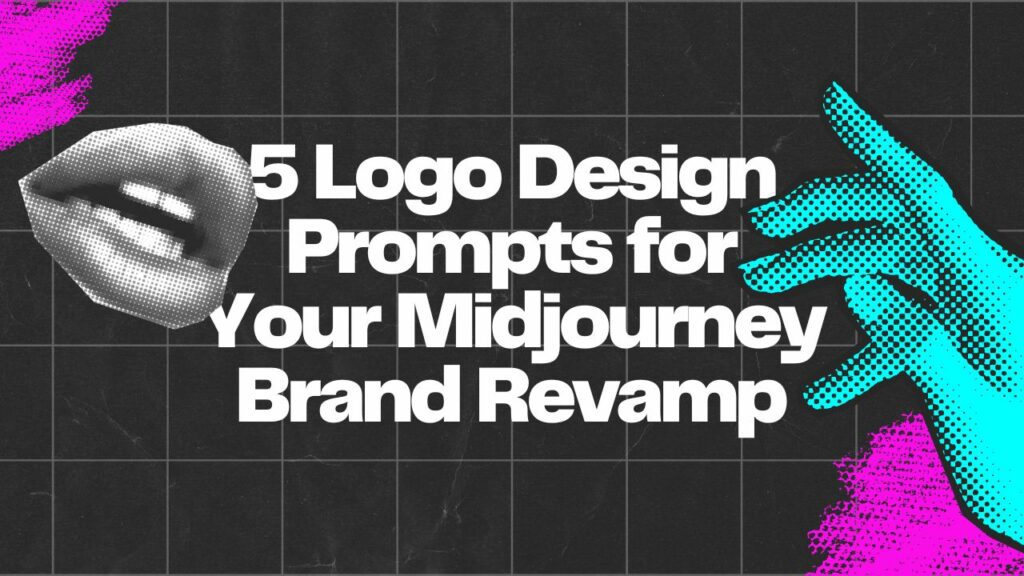Media buying and design have been the pillars of successful advertising campaigns for decades. While both are critical, the fusion of their principles can result in campaigns that not only resonate but also convert. In today’s fast-paced digital age, understanding this interplay is crucial. Let’s dive deeper into the synergy of design and media buying, with real-life examples for clarity.
The Importance of Audience-Centric Designs
Example: Coca-Cola has always been a frontrunner in audience-centric designs. Remember their “Share a Coke” campaign? By simply adding common names to their bottle design, they appealed to the personal emotions of their audience. The design wasn’t just about aesthetics; it was about the message. This strategy, combined with judicious media buying on social platforms and television, resulted in a significant uptick in their brand engagement.
Platform-Specific Design Nuances
Different platforms have different strengths, user demographics, and design specifications.
Adidas ran a campaign for their new shoe line. Instead of using a universal ad design across all platforms, they optimized. For Instagram, they focused on high-res, close-up images of the shoes, showcasing intricate details. For YouTube, it was a dynamic video showing the shoes in action. Their media buying strategy ensured that the right format reached the right audience, maximizing engagement.
The Magic of Budget Optimization Through Design
Airbnb has frequently utilized visually stunning images of unique properties and destinations in its campaigns. These attractive visuals, combined with compelling CTAs, have often resulted in high CTRs. Platforms like Google and Facebook reward ads with high engagement with lower CPC. So, a captivating design not only attracts viewers but can also reduce advertising costs.
Exploring 2023’s Design Trends with Brands
- Interactive Designs: Pepsi recently launched an AR campaign where users could interact with a virtual can of Pepsi, unlocking fun animations and offers. This fusion of interactivity and design ensured a memorable brand experience.
- Minimalistic Approach: Apple has always championed minimalism. Their ads, often featuring just the product and a simple tagline against a clean backdrop, resonate powerfully. Such designs, when combined with strategic media buys during product launches or tech events, lead to high recall and sales.
- Storytelling Graphics: Spotify often uses sequential designs, especially in their year-end campaigns. These ads, presenting users’ listening statistics in a fun, story-like format, engage deeply. When these designs are placed on platforms frequented by their user base, like Instagram or Twitter, the results are phenomenal.
Read more about Understanding Design Consistency within these brands
Mastering Media Buying with Design Insights
Netflix is a masterclass in this. When promoting a new series, they don’t just invest in media spaces; they design specifically for them. Banners on blogs might showcase intriguing quotes from the series. Meanwhile, YouTube ads might display gripping trailers. They A/B test different designs, analyzing which visuals or taglines resonate more, and then push their budget towards the winning design.
What’s The Verdict?
Brands that seamlessly intertwine media buying with design principles consistently witness impactful campaigns. In 2023, with the plethora of platforms and ever-evolving design trends, understanding this blend is more crucial than ever. As showcased by brands like Coca-Cola, Adidas, Airbnb, and more, the synergy of design and media placement can craft memorable and effective marketing stories.


